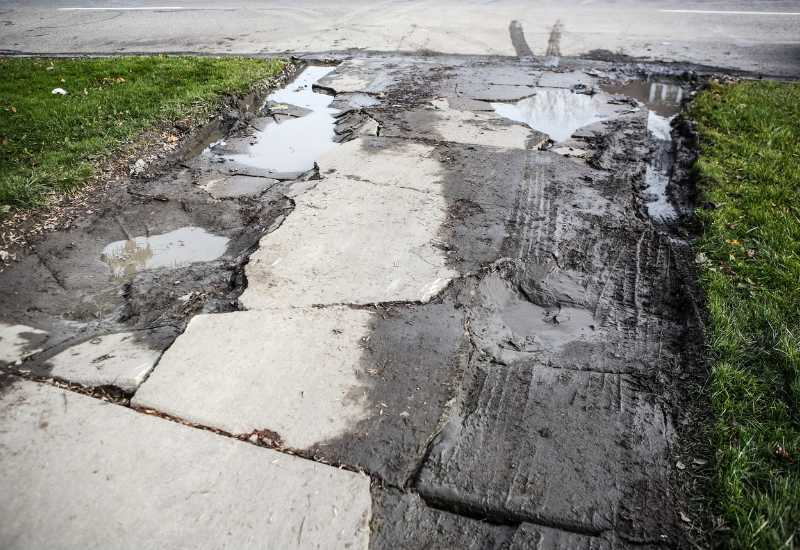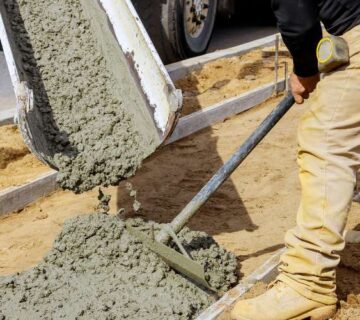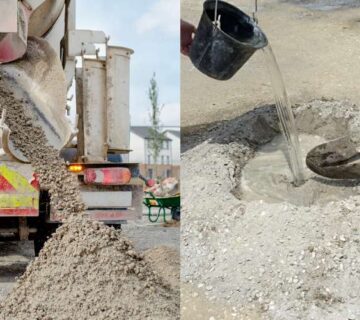Greetings, resilient homeowners and DIY enthusiasts! If you’ve ever wondered how to tackle concrete repair after facing the wrath of Mother Nature, you’re in the right place. Harsh weather conditions can take a toll on your concrete surfaces, causing cracks, erosion, and other issues. In this comprehensive guide, we’ll navigate through the challenges posed by extreme weather and provide you with effective strategies to restore your concrete to its former glory.
Understanding the Impact of Harsh Weather
Before we delve into the solutions, let’s understand the specific ways in which harsh weather can affect your concrete. From freeze-thaw cycles that lead to surface cracks to heavy rain causing erosion and shifting, different weather conditions pose unique challenges. Recognizing these issues is the first step towards effective and targeted concrete repair.
Assessing the Damage
The key to successful concrete repair is a thorough assessment of the damage. Walk around your property and inspect the concrete surfaces for cracks, spalling, or uneven areas. Pay special attention to joints and edges, as these are often vulnerable points. Understanding the extent of the damage will help you choose the most appropriate repair methods.
Repairing Surface Cracks and Spalling
1. Clean and Prepare the Surface
Start by cleaning the damaged area thoroughly. Remove any debris, loose concrete, or contaminants. A wire brush or pressure washer can be useful in this step.
2. Fill the Cracks
For surface cracks, use a high-quality concrete crack filler. Ensure the product is designed to withstand the elements and offers good adhesion. Smooth the filler evenly over the cracks and let it cure according to the manufacturer’s instructions.
3. Resurfacing Spalled Areas
In cases of spalling, where the surface has started to chip or flake, consider resurfacing. Choose a concrete resurfacer that provides a durable, weather-resistant finish. Follow the application guidelines to achieve a smooth and even surface.
Addressing Erosion and Shifting
1. Reinforce with Sealers
To protect your concrete from erosion caused by heavy rain, apply a high-quality concrete sealer. This acts as a protective barrier, preventing water penetration and reinforcing the surface.
2. Repairing Uneven Slabs
For uneven slabs, consider mudjacking or slabjacking. These techniques involve injecting a mixture beneath the concrete to lift and level it. This is particularly effective for addressing issues caused by soil shifting during extreme weather conditions.
Future-Proofing Your Concrete
Once you’ve tackled the immediate repair needs, it’s time to think about preventing future damage. Regularly apply concrete sealers to create a protective shield against the elements. Consider landscaping adjustments to improve water drainage away from concrete surfaces.
Conclusion
Weathering the storm and repairing concrete after harsh weather conditions may seem like a daunting task, but with the right knowledge and tools, you can restore your surfaces to their former strength and beauty. Remember to assess the damage, choose the appropriate repair methods, and take proactive steps to protect your concrete in the future. Armed with this guide, you’re ready to face any weather challenge and keep your concrete standing strong. Happy repairing!





No comment